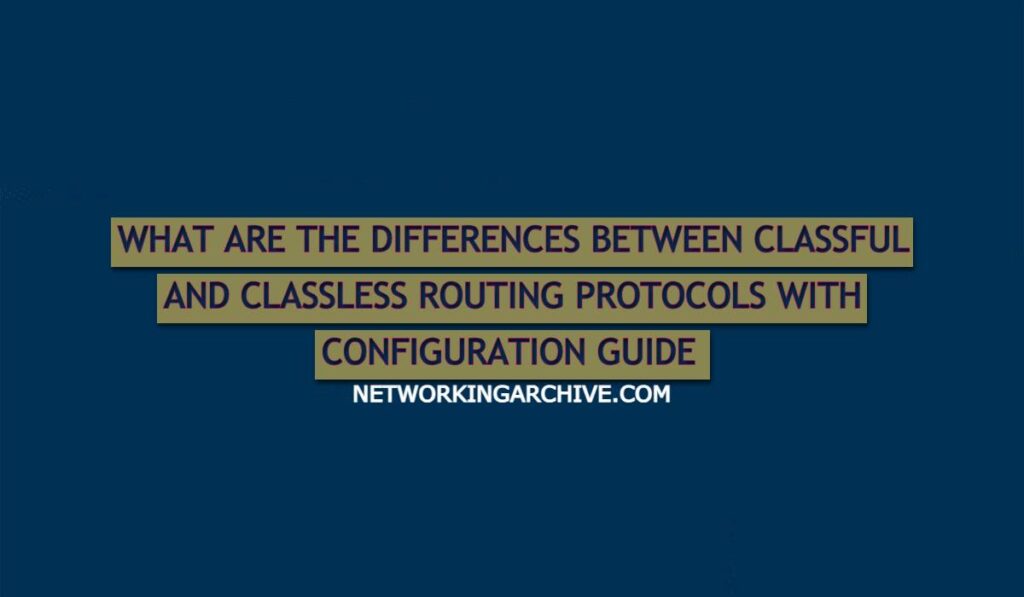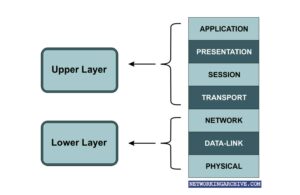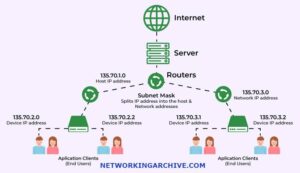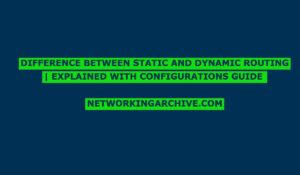Difference between Classful Routing and Classless Routing

What is Classful Routing Protocol
Classful routing protocols function similarly to static routes and do not incorporate dynamic routing (such as VLSM). These protocols do not include subnet masks in their routing updates, maintaining the same subnet mask for all networks. Subnet masks are omitted for directly connected interfaces within the same major network, while they are added for routers not belonging to the major network. Unlike dynamic routing protocols, classful routing does not utilize hello messages.
For example:
10.2.1.0 And 10.5.5.0 belong to the same major network 10.0.0.0
10.1.4.5 And 11.1.1.1 do not belong to the same major network
Classful routing protocols are RIPv1 and the IGRP
Learn: What is IPv4 Addressing and Subnetting | Explained
What is Classless Routing Protocol
Classless routing protocols include the subnet mask in their updates, enabling the use of VLSMs. This allows for varying subnet masks across devices within a network. In contrast, classful routing protocols maintain a uniform subnet mask for all devices within a major network. Hello messages are utilized in classless routing protocols
Lets See The Difference Between Classful Routing And Classless Routing With Router Command
For Examples:
To configure the router in classful mode
Router # no ip classless
To configure the router in classless mode. By default the router mode is classes.
Router # ip classless
Classless routing protocols are RIPv2, EIGRP, OSPF, IS-IS



